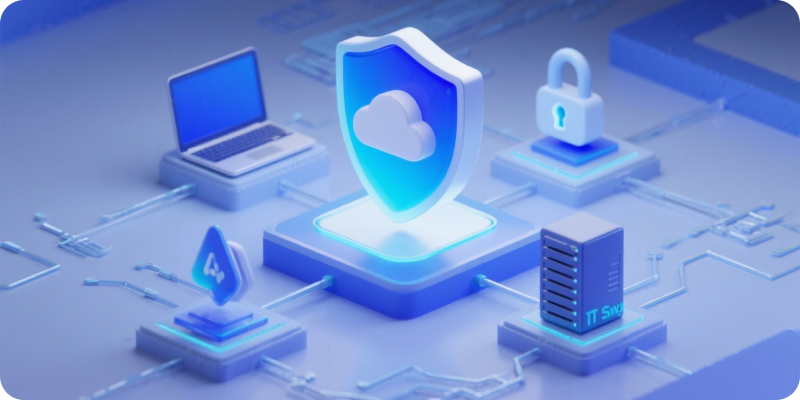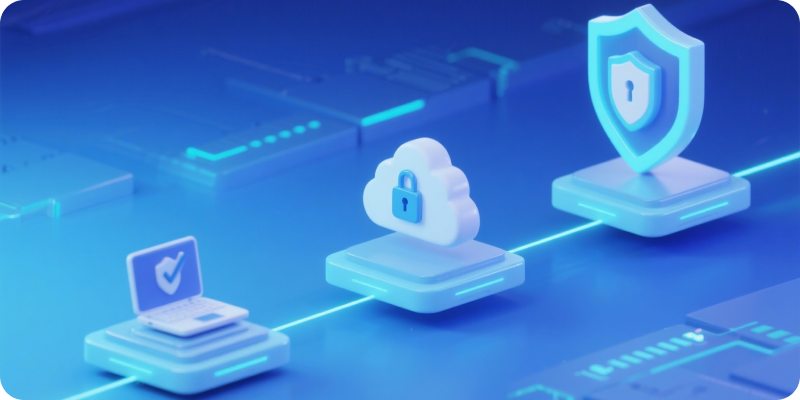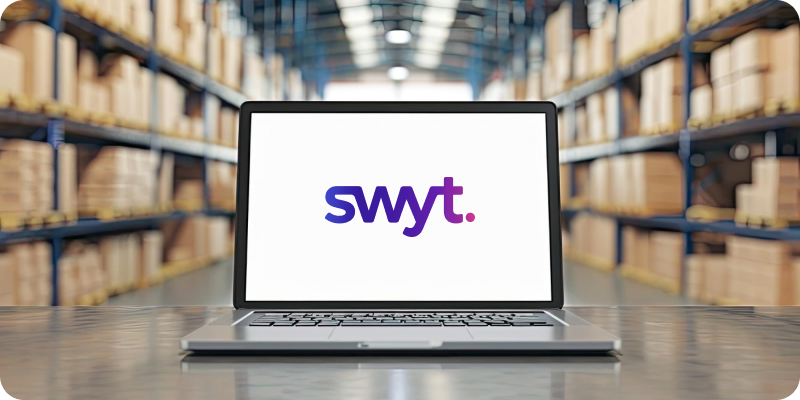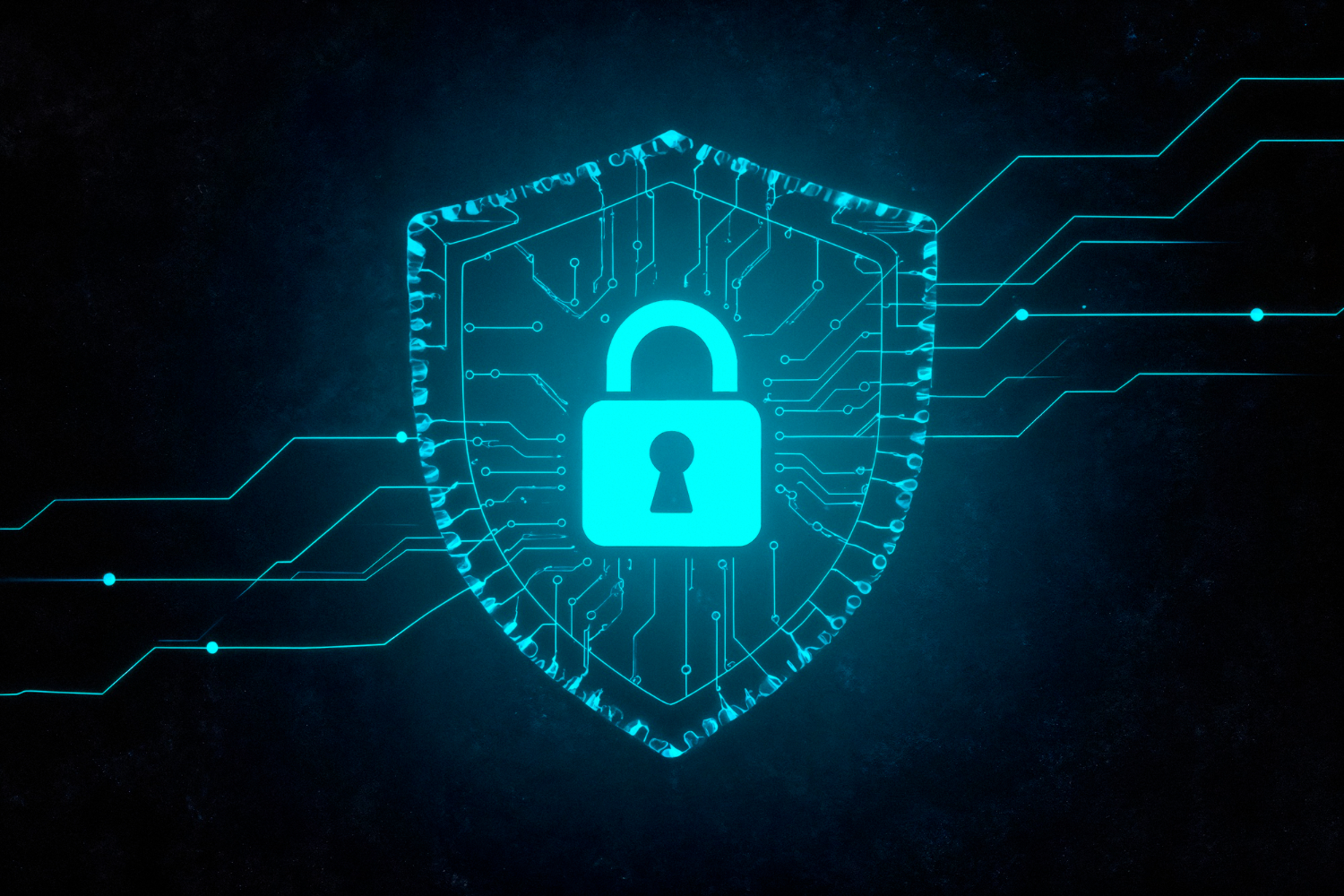Why IT Risk Assessments Should Be the First Step in Your Digital Journey

Digital transformation is on every SME’s agenda. Moving to the cloud, adopting new collaboration tools, or rolling out business intelligence platforms can unlock real growth.
But too often, companies rush ahead without first asking a critical question: “Is our IT foundation secure and ready for this change?”
Without a baseline, transformation becomes risky. You could be investing in new tools while leaving fundamental weaknesses unaddressed, exposing your business to downtime, data breaches, and compliance failures.
That’s why an IT Risk Assessment should always be the first step in your digital journey.
What Is an IT Risk Assessment?
An IT Risk Assessment is a structured audit of your company’s IT environment. It looks across infrastructure, devices, applications, networks, and security practices to identify vulnerabilities and gaps.
For SMEs, this process answers key questions:
- Are our devices secure and compliant?
- Do we have proper backups and recovery plans?
- Is our email and collaboration environment protected?
- Are employees using uncontrolled apps (shadow IT)?
- Would we pass a SOC 2 or ISO 27001 audit if required?
In short: it gives you a clear picture of where you stand, where the risks are, and what needs to be fixed before you scale.
The Risks of Skipping This Step
Too many SMEs jump straight into digital projects without an IT assessment. The consequences can be costly:
- Wasted investments: Cloud migrations or CRM rollouts fail because the network or security wasn’t ready.
- Hidden vulnerabilities: Missing MFA, outdated devices, or open admin privileges expose your data.
- Compliance exposure: Regulators like the DFSA, or clients demanding SOC 2/ISO, expect controls you haven’t built.
- Business disruption: Without proper backup or network segmentation, a single outage or breach can halt operations.
Digital transformation without an IT baseline is like building on sand.
What an IT Risk Assessment Covers
At Swyt, our IT Risk Assessment is comprehensive. We benchmark against SOC 2 and ISO 27001 best practices to ensure you meet global standards.
Here’s what we review:
- Device & Endpoint Security: Are all laptops encrypted (BitLocker)? Are admin privileges controlled? Is patching enforced?
- Email & Collaboration Tools: Is spam filtering beyond default settings? Are DKIM, DMARC, and SPF configured? Is email encryption in place?
- Identity & Access Management: Is MFA enforced everywhere? Is SSO implemented? Are roles properly segmented?
- Network Infrastructure: Is the network segmented? Are firewalls configured? Is Wi-Fi secured?
- Cloud & App Usage: Do you know all the apps employees use? Is shadow IT exposing sensitive data?
- Backup & Disaster Recovery: Are backups automated? Are recovery drills tested? Is every endpoint covered?
- Compliance Readiness: Would you pass a SOC 2 or ISO 27001 audit? Are security and compliance policies deployed?
This isn’t just a checklist. It’s a practical map of where risks exist and how to address them.

The Benefits of Starting with an IT Risk Assessment
Why should SMEs prioritize this before any digital project?
- Clarity: Get a clear, independent view of your IT health.
- Prioritization: Focus your limited budget on the most urgent risks.
- Compliance: Ensure alignment with ISO, SOC, or industry standards such as DFSA, DHA
- Continuity: Minimize downtime and reduce breach risk.
- Confidence: Build digital initiatives on a secure foundation.
It’s not about slowing down transformation. It’s about making sure transformation delivers results without introducing new risks.
Why SMEs in the UAE & GCC Need This Now
The urgency for IT Risk Assessments is higher in our region than ever before:
- Hybrid & Remote Work: Employees work from anywhere, often on personal devices — creating uncontrolled IT environments.
- Rising Cyber Threats: SMEs are now the top targets for phishing, ransomware, and credential theft.
- Regulatory Pressure: DFSA-regulated firms already face IT compliance obligations. SOC 2 and ISO 27001 are fast becoming requirements in B2B contracts.
- Growth Stage: SMEs scaling to new markets or investors can’t afford an IT environment full of hidden weaknesses.
For UAE & GCC SMEs, IT security is no longer optional. It’s the foundation of trust with clients, partners, and regulators.
How Swyt Delivers IT Risk Assessments
Swyt’s IT Risk Assessment is designed for SMEs — enterprise-grade, but accessible.
Here’s how we do it:
- Comprehensive audit: On-site and remote checks across infrastructure, servers, storage, devices, and apps.
- Benchmarking: Mapped against SOC 2, ISO 27001, and local compliance frameworks.
- Actionable report: Clear, prioritized recommendations (not jargon).
- Integration: Results are linked into the Swyt platform for ongoing monitoring and remediation.
- Bespoke approach: Tailored to your business size, industry, and regulatory needs.
The result: you don’t just get a list of problems. You get a roadmap to secure your IT environment and enable transformation with confidence.

Conclusion: Secure the Foundation Before You Build
Digital transformation is a journey. But without knowing your IT risks, it’s a journey built on unstable ground.
An IT Risk Assessment gives SMEs the clarity, control, and confidence to modernize safely.
It ensures that every new tool, app, or cloud service rests on a secure foundation.
Security isn’t just about protection, it’s about enabling growth without compromise.
Don’t rush into digital projects without securing your base.

































